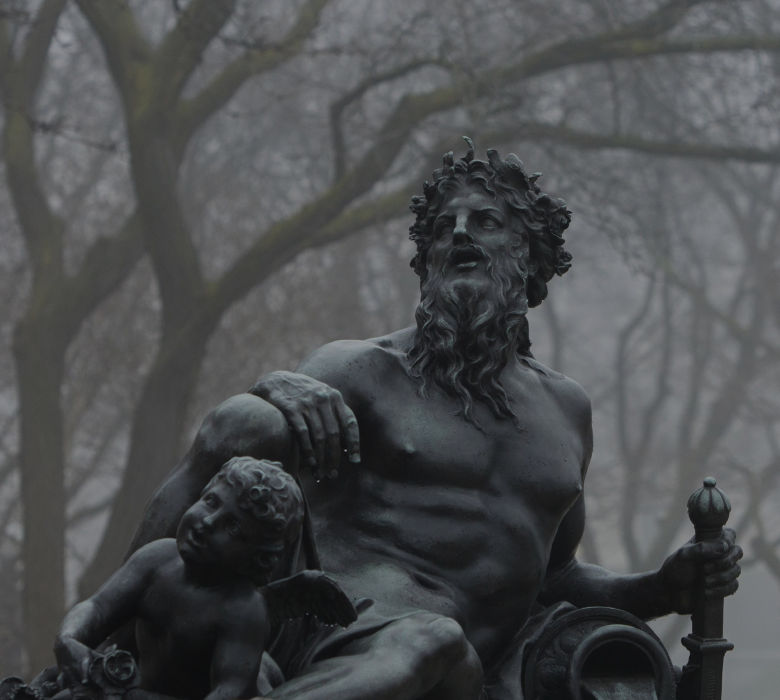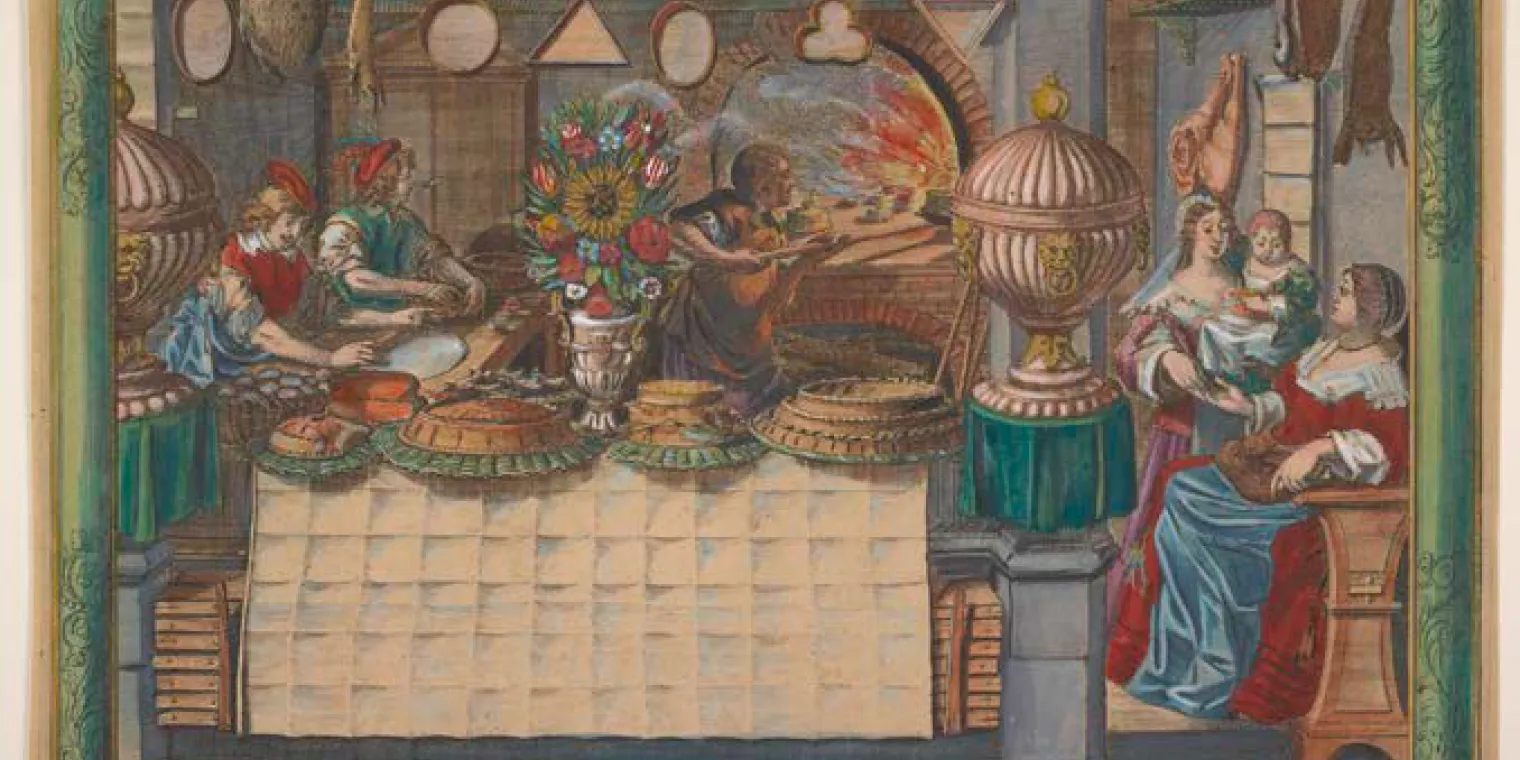The Edible Monument: The Art of Food for Festivals
The Edible Monument includes about 140 prints, rare books and serving manuals from the Getty Research Institute collection and private collections. The artworks illustrate in lush detail the delectable monuments and sculptures made of food that were an integral part of street festivals as well as court and civic banquets in Europe in the 16th to 19th centuries. The exhibition has been organized by the Getty Research Institute, Los Angeles. Public celebrations and street parades featured large-scale edible creations made of breads, cheeses and meats. At court festivals, banquet settings and dessert buffets featured elaborate table monuments made of sugar, flowers and fruit. These edible sculptures didn’t last long, but images of towering garden sculptures and lavish table pieces designed for Italian and French courts have survived in illustrated books and prints, many of which are featured in the exhibition. The exhibition includes a monumental sugar sculpture based on an 18th-century print. “Palace of Circe” by sculptor and culinary historian Ivan Day is set on an 8-foot table and features sugar paste sculpted into a classical temple with sugar statues and sugar-sand gardens. The figures were meant to impart the consequences of gluttony with a story about the ancient Greek hero Ulysses. When he landed on the island of Aeaea, his men were so greedy that the sorceress Circe turned them into pigs. By the mid-17th century cookbooks and guides to the new skills and professions of carving and pastry-making were published. Copied and plagiarized, they became models that spread throughout European court culture. Examples of such books are included in the exhibition, such as one by Bartolomeo Scappi, the “private cook” to Pope Pius V; Joseph Gilliers, the dessert chef to King Augustus of Poland; and Juan de la Mata, court chef to the Spanish kings Philip V and Ferdinand VI.
Exhibition:
The Edible Monument: The Art of Food for Festivals
Dates:
January 16 - April 16, 2017
General museum admission is FREE for residents of Wayne, Oakland, and Macomb counties.


Explore Membership Options
Immerse yourself in unique history and culture and enjoy greater access, exclusive events, and more
